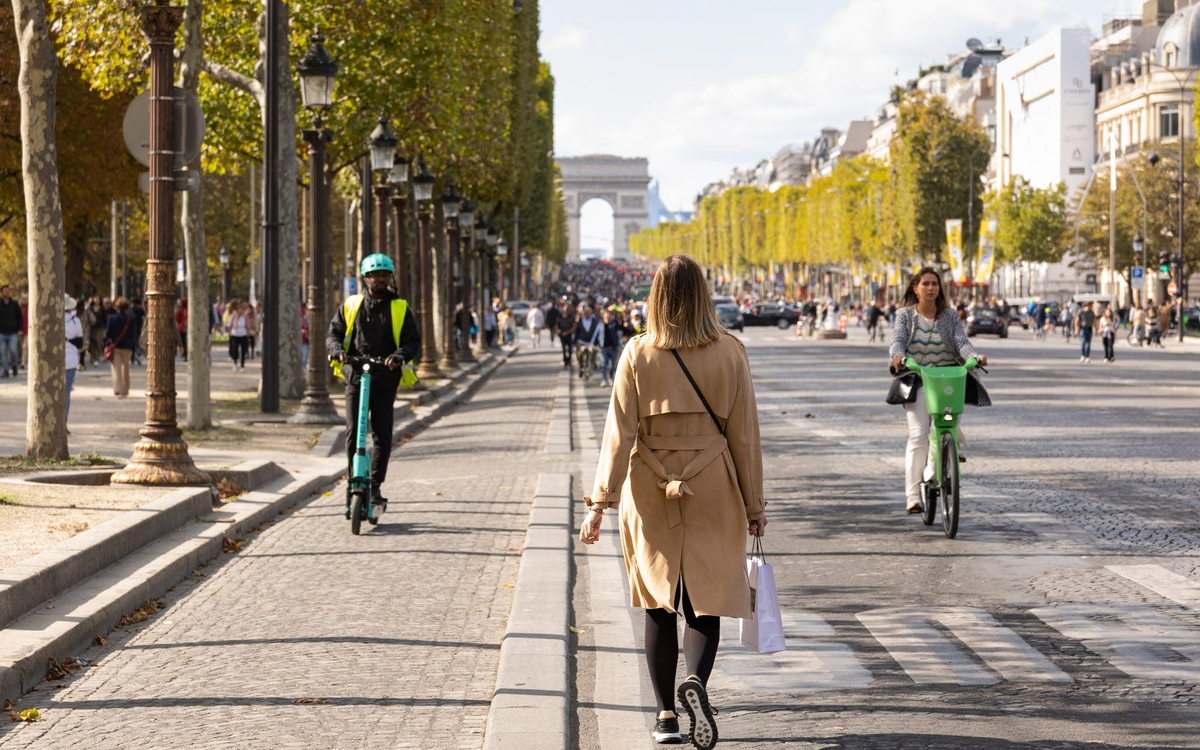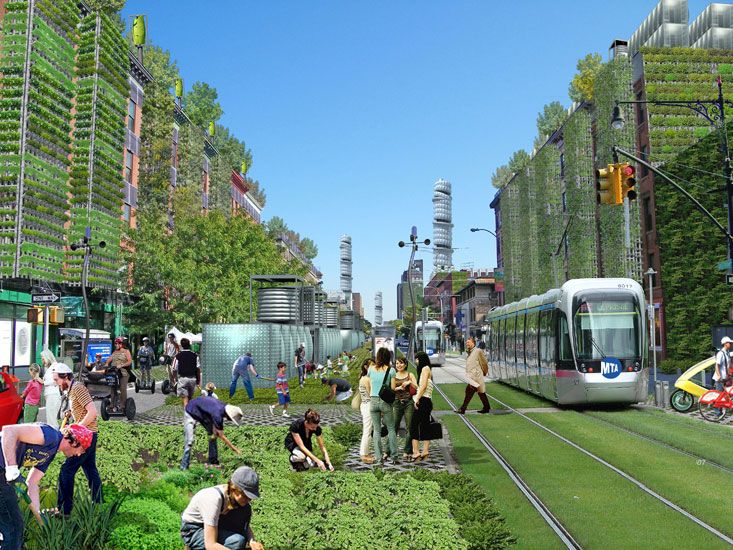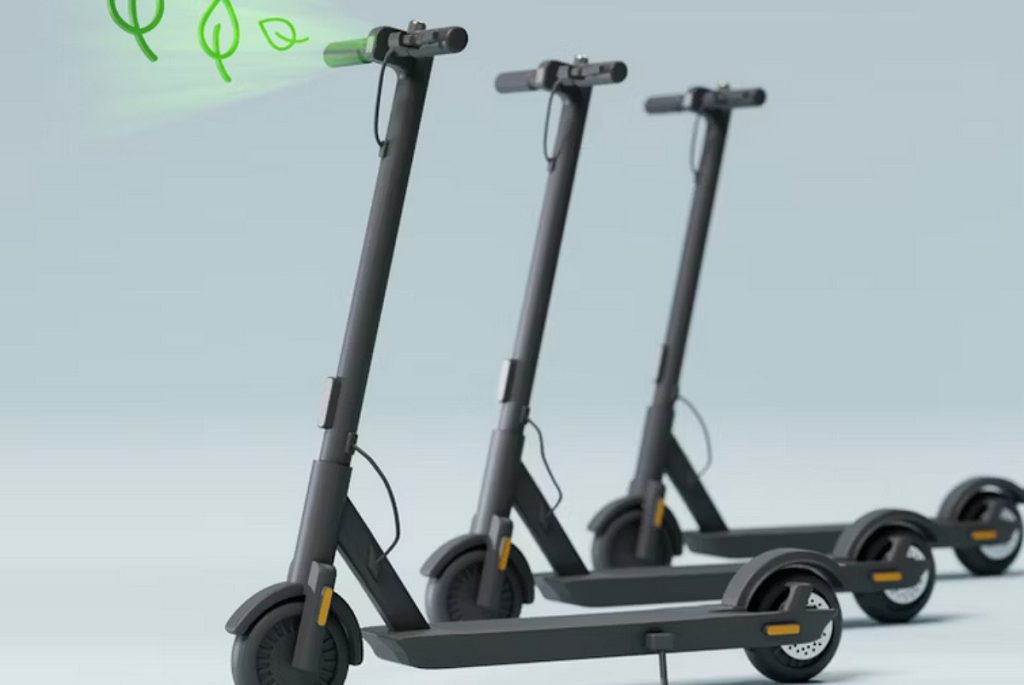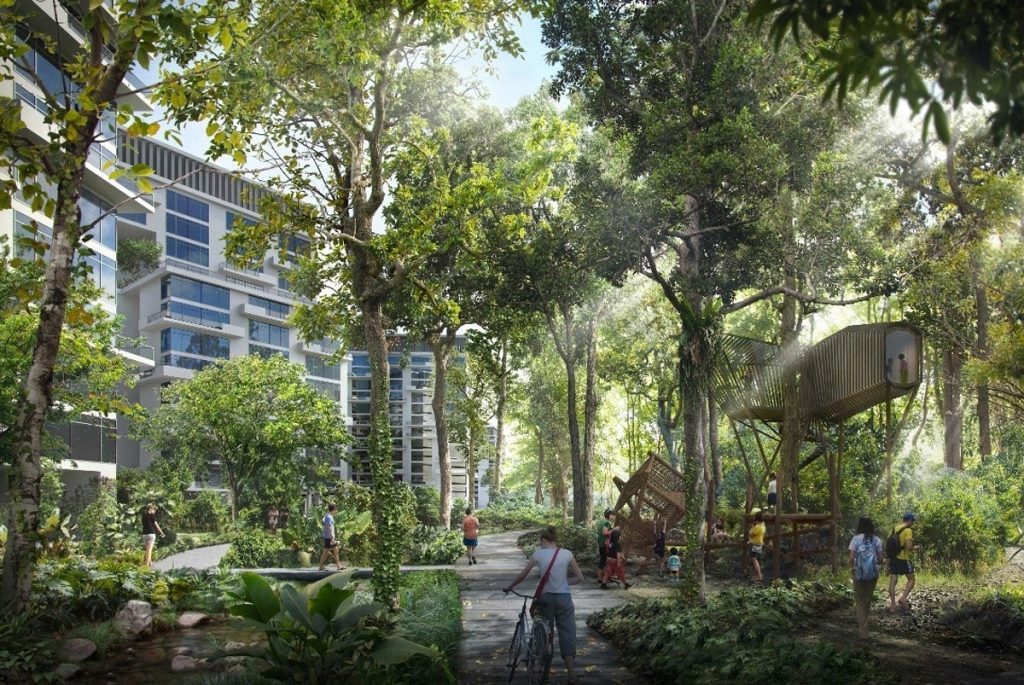As urban environments evolve, cities around the globe are increasingly reclaiming spaces traditionally dominated by cars. This shift is driven by a combination of environmental consciousness, public demand for more communal spaces, and innovative urban planning. In this exploration, we delve into how different cities are transforming their landscapes by reducing car dependency and enhancing the quality of life for their residents.
Why Reclaiming Space Matters
The past few decades have seen cities grappling with traffic congestion, air pollution, and limited public spaces. Cars have long dictated the structure of urban environments, often leading to sprawling infrastructures and fragmented communities. However, with growing awareness about climate change and the need for sustainable living environments, cities are rethinking their priorities.
Reclaiming space from cars is not just about reducing traffic; it’s about improving urban life. More pedestrian-friendly areas mean less noise pollution, improved air quality, and enhanced social connectivity. These changes also support healthier lifestyles by encouraging walking and cycling, thereby reducing urban carbon footprints.

Successful Initiatives Around the World
Many cities have made significant strides in reclaiming urban spaces. One leading example is Paris, where Mayor Anne Hidalgo’s ambitious plans have transformed the city landscape. The “Paris Respire” project, which restricts vehicle access in certain areas on weekends and public holidays, encourages residents to enjoy the city free from the noise and pollution caused by cars.
In Barcelona, the Superblocks initiative has seen great success. By reorganizing city blocks into mini-neighborhoods with limited vehicle access, Barcelona has created pedestrian-first zones that have dramatically reduced traffic congestion and increased green spaces. This model is being looked at by other cities as a blueprint for urban transformation.
Similarly, Oslo has made substantial progress by removing almost all cars from its city center. The Norwegian capital has replaced parking spaces with bike lanes and pedestrian paths, resulting in a more vibrant and accessible urban core.

Innovative Urban Design Strategies
Urban designers are employing various innovative strategies to reclaim space from cars effectively. One popular approach is the implementation of Complete Streets policies. These policies mandate that urban roads are designed not just for cars but also for pedestrians, cyclists, and public transport users, ensuring a balanced use of space.
In addition, cities are investing in green infrastructure, such as parklets and green lanes, that prioritize nature and people over vehicles. For instance, New York City’s Green Streets program transforms underutilized areas like traffic islands into lush green spaces, enhancing the urban landscape and promoting biodiversity.
Technology also plays a crucial role in these transformations. Many cities are using smart traffic management systems to optimize traffic flow and reduce congestion, thus enabling the conversion of road spaces into pedestrian zones.
Challenges and Considerations
Despite the benefits, reclaiming space from cars is not without its challenges. One major hurdle is the resistance from car owners and businesses concerned about the potential impact on accessibility and customer traffic. Balancing these concerns with the need for more pedestrian spaces requires careful planning and community engagement.
Another consideration is ensuring equitable access to these reclaimed spaces. Urban planners must be mindful of inclusivity, ensuring that all demographics can benefit from the newly created communal areas. This often involves designing spaces that cater to diverse needs, such as mobility-impaired individuals and families with children.
Funding these projects can also be a challenge. However, many cities are finding creative solutions, such as public-private partnerships, to finance the transformation of urban spaces without overly burdening taxpayers.
The Future of Urban Spaces
The future of cities lies in creating environments that prioritize people over vehicles. As we look ahead, the trends indicate a growing adoption of sustainable urban planning practices that focus on reducing car dependency. In cities like Amsterdam and Copenhagen, cycling and walking have been integrated into the urban fabric, setting examples for others to follow suit.
Innovations such as autonomous public transport, smart city technologies, and eco-friendly urban infrastructure are likely to shape the cities of tomorrow. As these technologies evolve, they offer immense potential to further reduce reliance on personal vehicles and enhance communal urban spaces.
Ultimately, reclaiming space from cars is about reimagining our cities to be more livable, sustainable, and inclusive for future generations. By embracing these changes, cities can ensure they remain vibrant places where people want to live, work, and play.


